This Unconventional Race-Week Mobility Set Will Prime You For Success
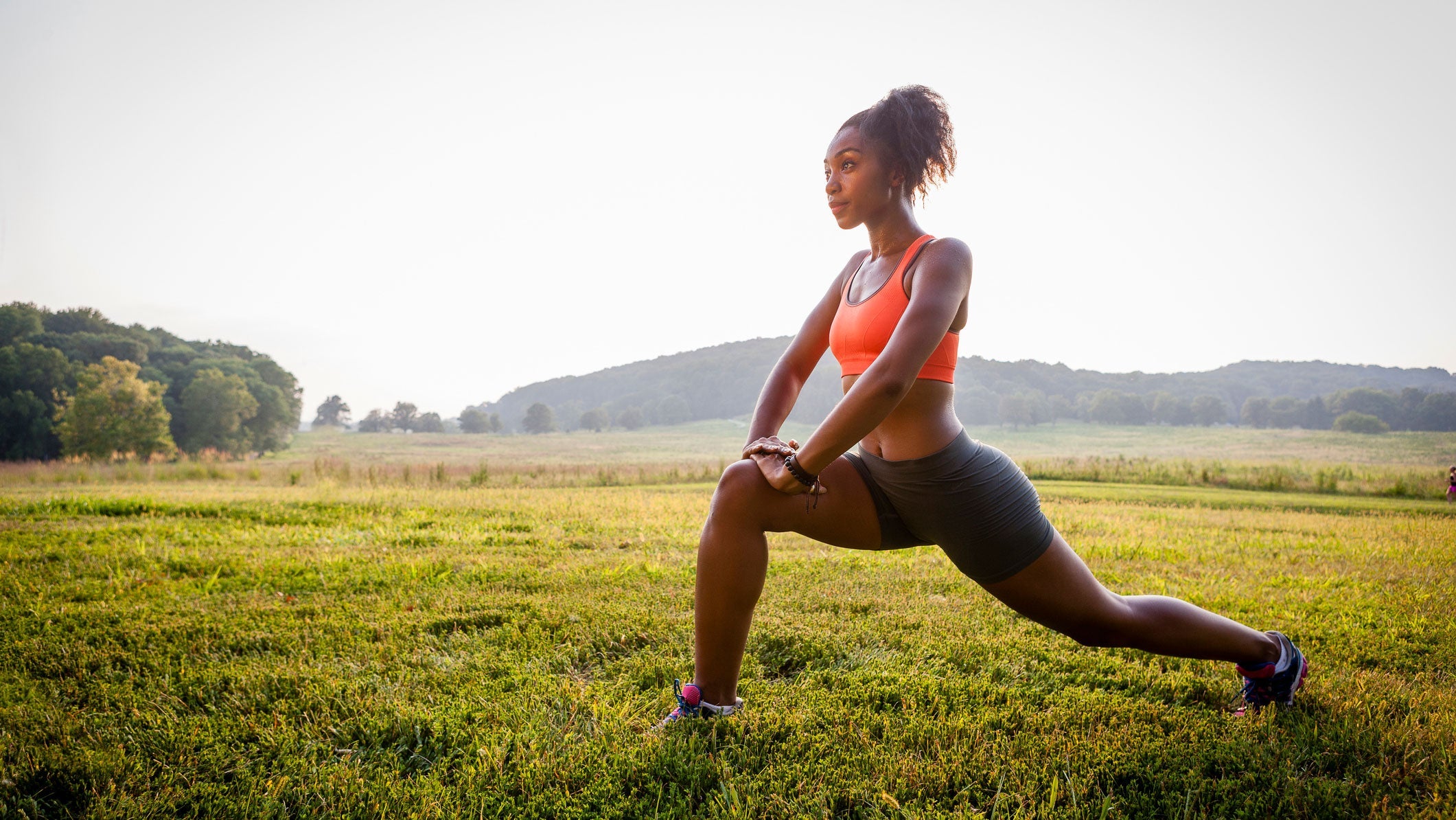
It’s race week!
Your training is in the bank and you’re tapering to a peak. This means your training volume is lower and you’re likely resting more (or you should be!) While this is an important part of getting race ready, it can also pose some unique challenges to triathletes.
Staying off your feet can keep inflammation down and let your leg muscles rest, but prolonged time sitting can result in pressure to the posterior chain. The glutei, hamstrings, and lower back are often the culprits of common tension and unwelcome discomfort in the days leading up to race time. So instead of spending all your free time sedentary, try incorporating engaging and purposeful mobility work into your taper routine. A good combination of mobility, stability, and activation can help encourage better neurological connections to your muscles—which will then be called to action on race day.
This routine can help bring you into your race with the freedom of movement and flexible confidence to execute your training to the best of your ability. Before getting started, be sure to spend five minutes foam rolling your glutes, upper back, lats, and quadriceps.
1. Hip Flexor/Psoas Pushes
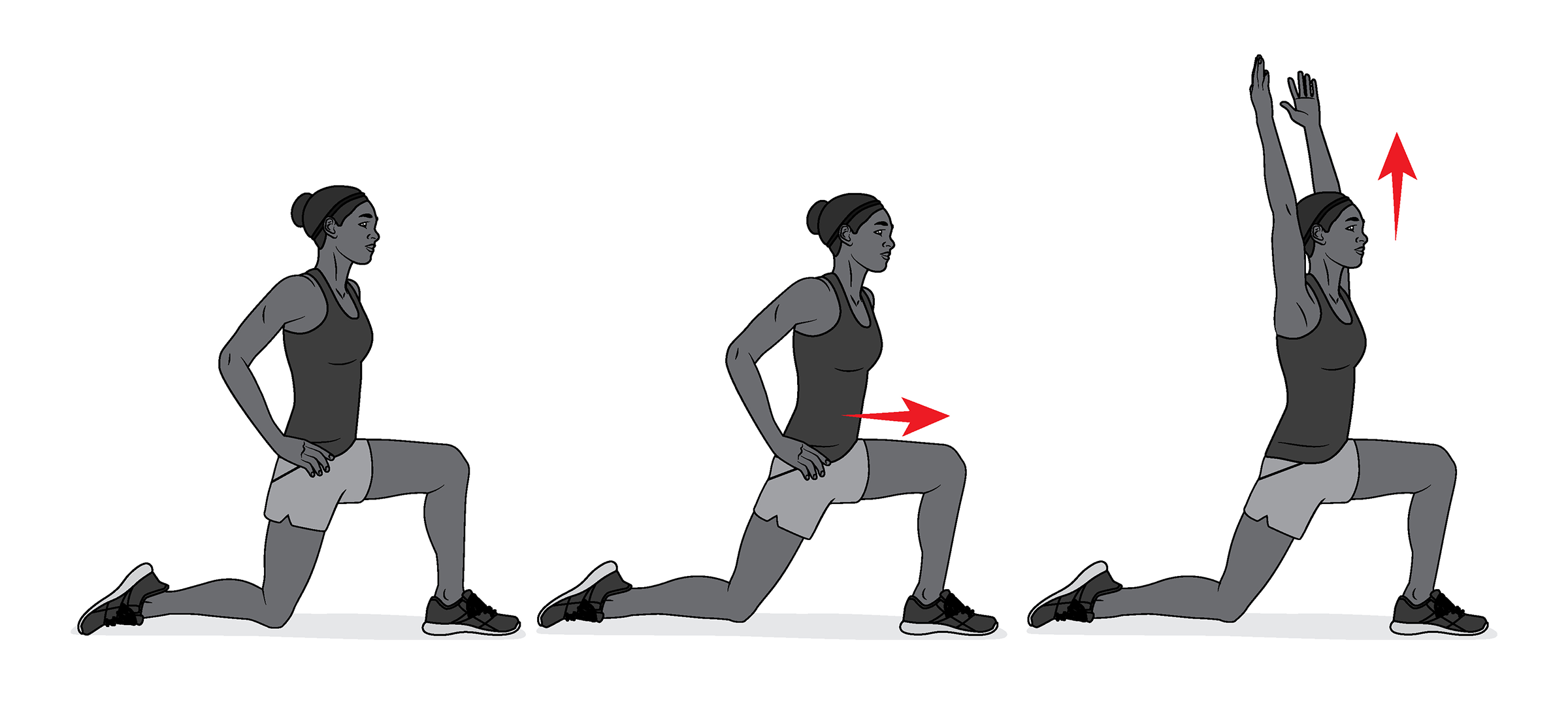
Begin in a half-kneeling position. Before pressing forward, bring your chest up and engage your glute on the leg that is planted on the floor. While squeezing your glute, push your hip forward, lengthening your abdominals, obliques, and anterior hip capsule—but still keep the glute engaged. This is not meant to be a maximal stretch, but rather mobilize the fascia in your anterior hip and to help lubricate your spine. Maintain control through the movement and always move on an exhale.
Do two sets of 8-10 reps on either side.
Set 1: Keep arms at sides and press hips forward with your chest raised.
Set 2: Bring the hands together and extend arms overhead.
2. Glute Bridges
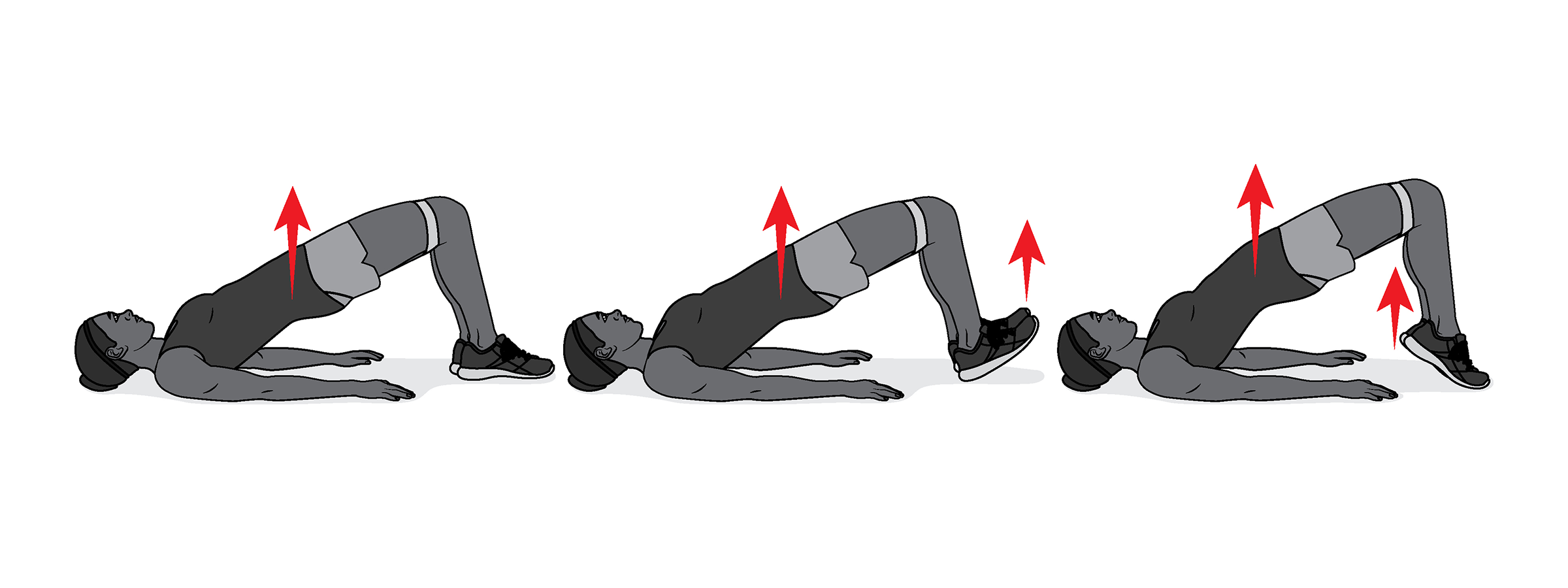
With a mini-resistance band around your lower legs, lie on your back and drive your hips off the ground by engaging your glutes. This will encourage glute activation and add some stability to your hips by engaging the gluteus medius—a common culprit of poor knee tracking and hip stability when it’s not conditioned properly. Perform three sets (30-45 seconds per set) with the following variations in foot/ankle position for extra lower leg activation and to provide different proprioceptive feedback through your posterior chain.
Set 1: Perform on flat feet
Set 2: Perform on your heels
Set 3: Perform on your toes
3. Pails and Rails
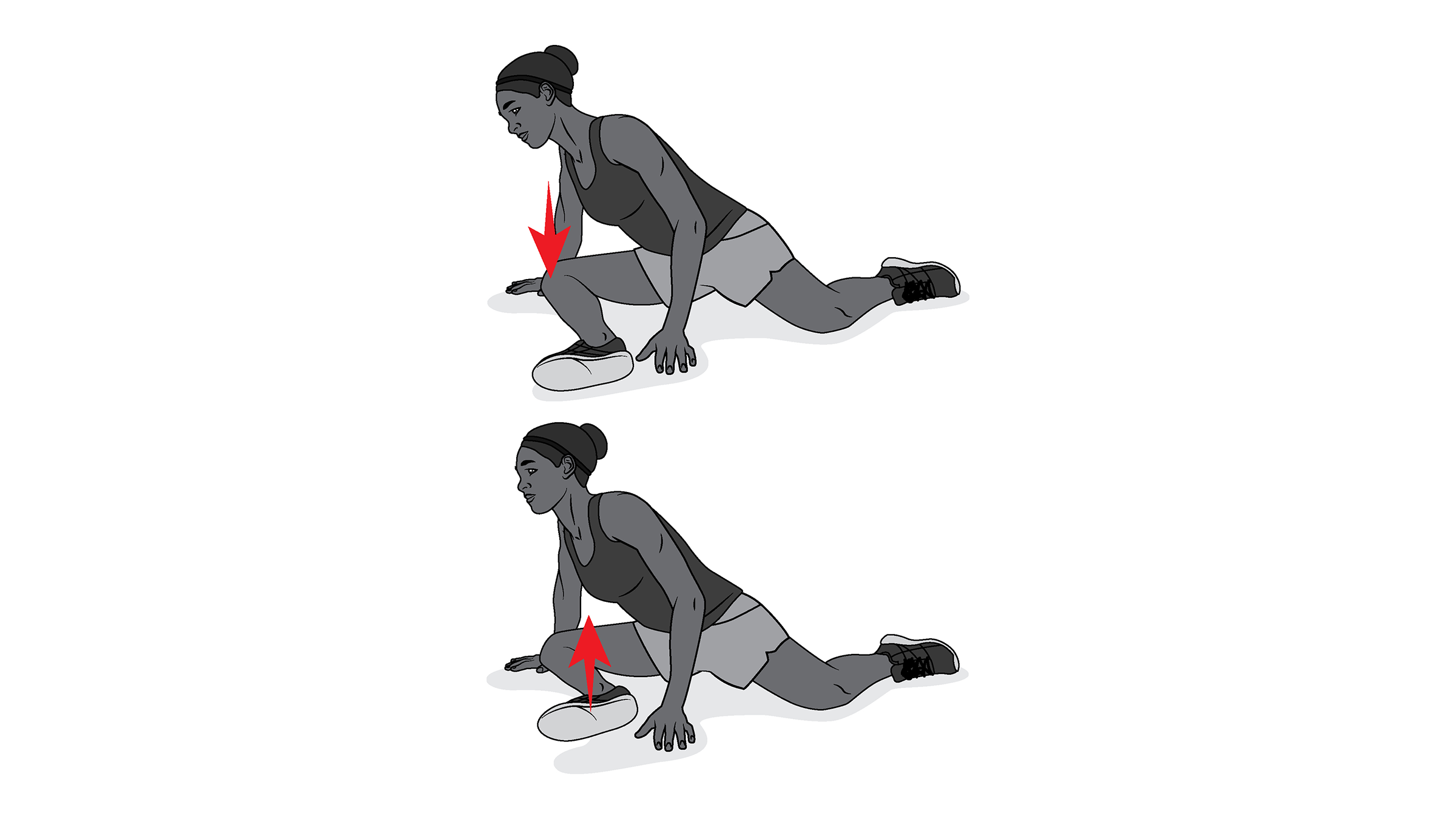
This stands for Progressive Angular Isometric Loading (PAIL) and Regressive Angular Isometric Loading (RAIL) and they’re both important for rotation. Begin in a figure four position with your back leg at a 90-degree angle (not quite a pigeon pose) and start with a 15-second progressive load by pressing your front leg (which should be flat against the floor) into the floor without allowing your knee to lift. Start very lightly, then progress to a fairly hard contraction for 15 seconds total. Immediately following, you will perform the movement in the opposing direction. Take a deep breath, and now lift this lower leg off the floor in a strong isometric hold for 15 seconds.
Do three sets of 4-5 reps of each progressive and regressive movement.
4. Founders

Position your feet about shoulder width apart. For an added challenge, rotate your feet inward slightly. Hinge at your hips with a slight bend in your knees, bringing your hips back, and your chest forward. The knees should be behind your ankles and the weight of your torso should counterbalance your body mass. Next, bring your arms back to build tension in your lower back. Hold for 10 seconds, then sweep your arms straight forward, maintaining a strong hold in your lower back. Continue pressing your arms forward while driving your hips back. Maintain the bend in your knees. While holding this position, slowly raise one forefoot by flexing at your ankle. Alternate feet. While raising and lowering your feet, keep striving to find length from your hands to your hips by reaching forward while pressing back into the hips.
Repeat this entire movement three times, with each rep taking 60-90 seconds.
5. McGill Roll-Ups
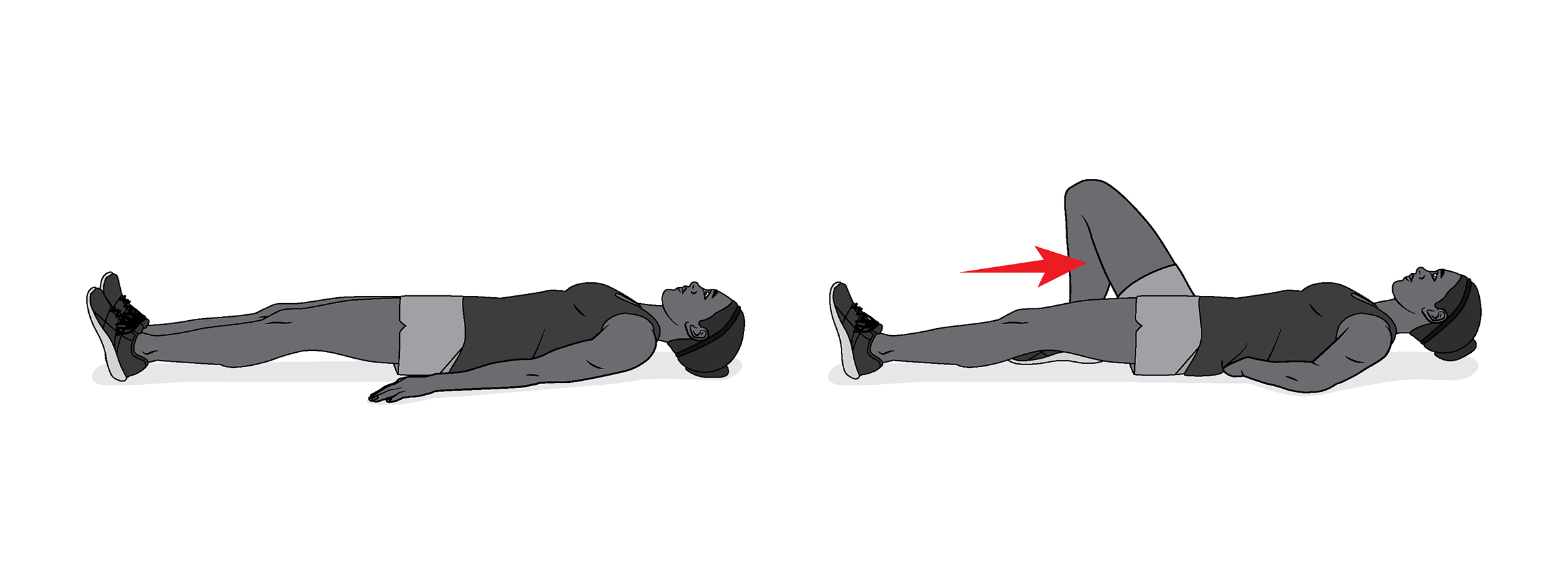
This is a modified movement meant to really activate the rectus abdominis, without overshortening the already overworked hip flexors and psoas muscle. Begin by lying on your back, with legs flat. Bend one knee and bring the heel of your foot to your bum. Maintain dorsiflexion at the foot of your extended leg. Place your hands at your lower back to maintain a more neutral spine position for the movement. Engage your abdominals, and raise your head up off the floor by just a few inches. Hold this position for 10 seconds. You should not have any movement in your lower back or feel any strain on the lumbar spine.
Do 3 sets of 10-15 second rollups, taking 30 seconds to relax between sets.